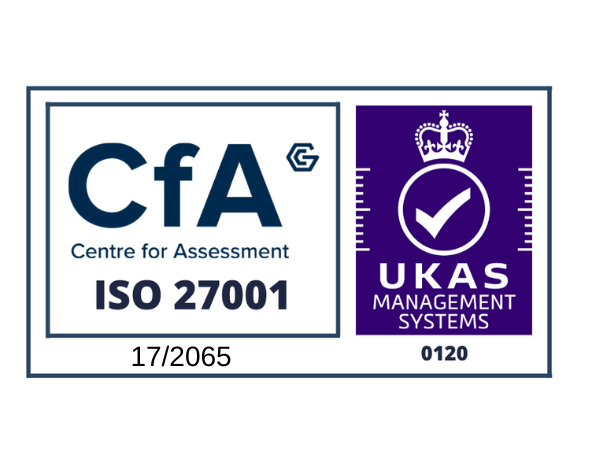Representations, Warranties and Indemnities are the contractual tools that both buyers and sellers use in M&A (Mergers and Acquisitions). Let’s say you just bought a company, and then you find out that a key piece of code doesn’t below to your new business (e.g. see the Skype lawsuits)! Well – representations, Warranties and Indemnities are utilised to help de-risk these types of situations.

In the US, the terms representations and warranties are used almost interchangeably. Under English law there are strong differences between representations and warranties. A warranty is a promise that a statement is true, so breaching warranty usually gives rise to claims for breach of contract. A representation in M&A terms however, means you can be liable for misrepresentation, which has potentially much higher costs.
The M&A process tends to involve a buyer preparing an agreement (often stored in a data room) in which exceptions to the representations are listed. If something is false, this will be disclosed by the seller to the buyer and noted. These disclosures and notifications involve representations, warranties and indemnities are just another way the buyer gets to understand the company it’s looking to purchase. The buyer will also be doing their due diligence to verify the truth of the representations and warranties. Why do the due diligence? Well, due diligence is a critical addition to the representations, there is an awful lot to investigate, so in a way, the representations act as ‘insurance’ for the buyer. Due diligence is partly a legal undertaking, but also a business one as well.
Here’s a great introduction from a US firm, and here’s detailed coverage of the difference between representations and warranties from a UK firm.
Read more on our blog.






